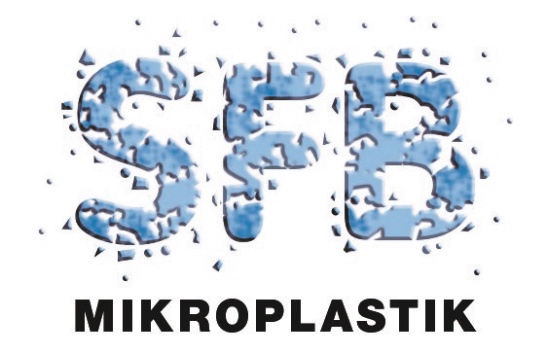News
New CRC 1357 press release: New study examines microplastic pollution in Rhine floodplain near Cologne
18.05.2022

We are pleased to announce a press release from the University of Bayreuth on the study below:
You can find the UBT press release here: https://www.uni-bayreuth.de/press-releases/microplastic-floodplains
New study examines microplastic pollution in Rhine floodplain near Cologne
Microplastic particles can be deposited in river floodplains and penetrate into deeper areas of the soil. The number of particles identified depends in particular on surface plant cover, the frequency of flooding, and soil properties. Researchers from the Universities of Bayreuth and Cologne determined this during investigations in the Rhine floodplain of Langel-Merkenich north of Cologne. The study, published in the journal "Science of the Total Environment", is the result of interdisciplinary cooperation in the DFG Collaborative Research Centre 1357 "Microplastics" at the University of Bayreuth.
The authors of the study are: Markus Rolf, Hannes Laermanns, Lukas Kienzler, Christian Pohl, Julia N. Möller, Christian Laforsch, Martin G. J. Löder, Christina Bogner.
"Flooding frequency and floodplain topography determine abundance of microplastics in an alluvial Rhine soil"
DOI: https://doi.org/10.1016/j.scitotenv.2022.155141
published in: Science of the Total Environment
Abstract: Rivers are major pathways for the transport of microplastics towards the oceans, and many studies focus on microplastic abundance in fluvial ecosystems. Although flooding strongly affects transport of microplastics, knowledge about the potential input via floodwaters, spatial distribution, and fate of microplastics in adjacent floodplains remains very limited. In this study, we suggest that local topography and flood frequency could influence the abundance of microplastics in floodplains. Based on this concept, we took soil samples in a Rhine River floodplain in two different depths (0–5 cm and 5–20 cm) along three transects with increasing distance to the river and analysed the abundance of microplastics via FTIR spectroscopy. Flood frequency of the transects was estimated by a combination of hydrodynamic modelling with MIKE 21 (DHI, Hørsholm Denmark) and analysis of time series of water levels. Microplastic abundance per kg dry soil varied between 25,502 to 51,119 particles in the top 5 cm and 25,616 to 84,824 particles in the deeper soil (5–20 cm). The results of our study indicate that local topography and resulting flooding patterns are responsible for the amount of microplastics found at the respective transect. Differences in soil properties, vegetation cover and signs of earthworm activity in the soil profile seem to be related to microplastic migration and accumulation in the deeper soil. The interdisciplinary approach we used in our work can be applied to other floodplains to elucidate the respective processes. This information is essentially important both for locating potential microplastic sinks for process-informed sampling designs and to identify areas of increased bioavailability of microplastics for proper ecological risk assessment.

